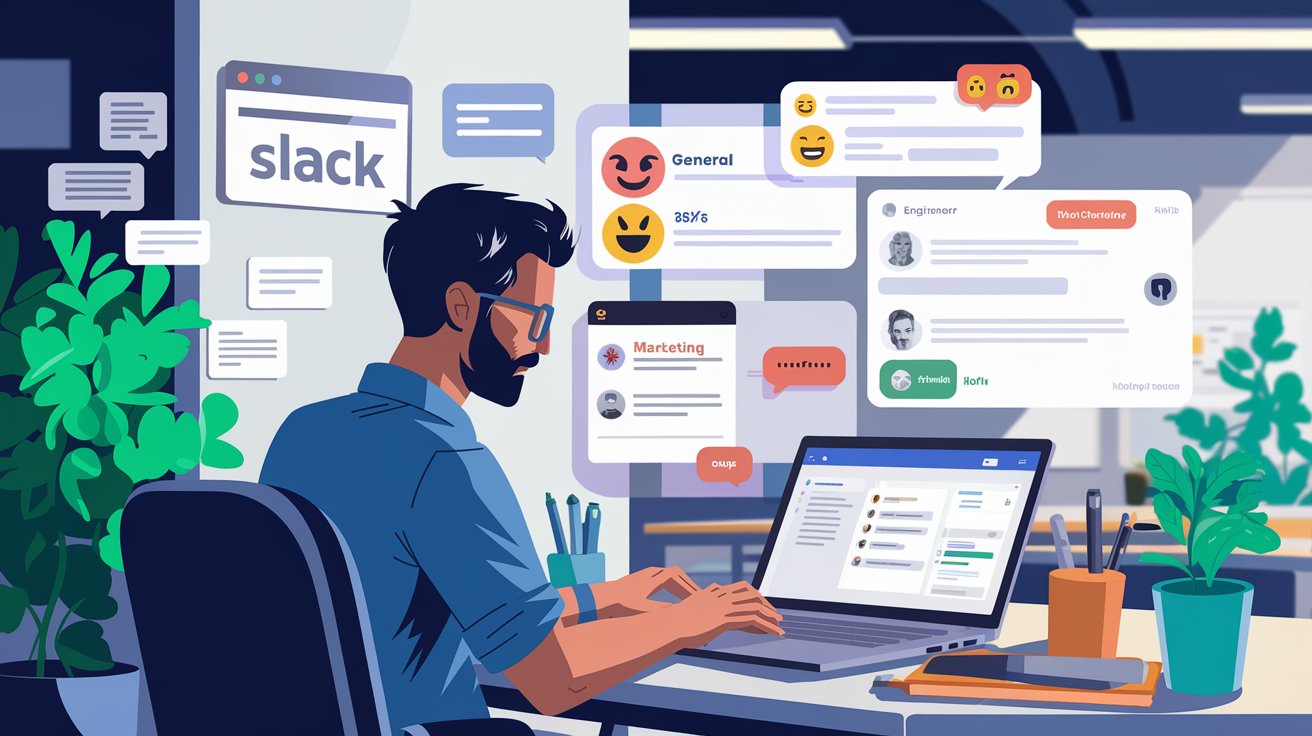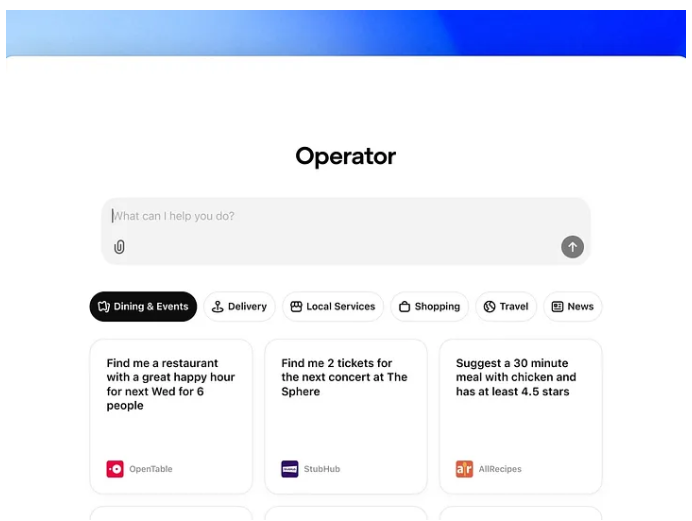Workforce Optimization Guide For 2025
Workforce Optimization Guide For 2025
As we enter 2025, the business environment is changing fast, and the importance of workforce optimization is slowly being realized by organizations. This strategic approach not only increases productivity but also aligns employee capabilities with organizational goals. In this article, we will look at the different dimensions of workforce optimization and why it should be at the top of the list for businesses today.

What is Workforce Optimization?
Workforce optimization, WFO for short, refers to a total approach toward enhancing the effectiveness of employees to deliver maximum efficiency, productivity, and performance. It harmonizes workforce management with quality assurance principles to increase the effectiveness of operations. In the process, the right people in the right positions at the right time ensure maximum customer satisfaction at lower operational costs.
The Real Meaning
At its core, workforce optimization questions the very notion that adding more resources would somehow automatically make the outcomes better. Rather, it focuses on squeezing maximum value from available resources through strategic alignment of employee skills and tasks. This approach focuses on efficiency over mere expansion and ensures every member of a team is put to optimal use.
Why You Should Try It
Workforce optimization can have a major impact on your organization, in particular:
- Increased productivity: The procedures become streamlined, and employees are free to focus on core responsibilities.
- Improved decision-making: Data-driven insights will lead to better resource allocation and operational strategies.
- Improved employee engagement: Since roles align with individual strengths, employees are valued and motivated.
Benefits of Workforce Optimization
Workforce optimization presents numerous benefits which can be —
- Increased productivity: Automation of day-to-day functions leaves time to focus on bigger strategic projects.
- Reduced expenses: Workforce optimization minimizes waste and also reduces the operations cost.
- Customers are satisfied at a higher percentage: A streamlined workforce can meet all the needs of customers more conveniently.
Measuring Workforce Productivity
To measure the productivity of the workforce, there are several KPIs that help organizations assess as follows:
- Output per employee: This is the measure of work done in relation to the number of employees.
- Employee engagement scores: Higher engagement is often associated with higher productivity.
- Customer satisfaction ratings: Directly related to how efficiently employees perform their roles.
Common Pitfalls to Avoid
When deploying WFO solutions, organizations must be cautious not to:
Ignore employee involvement: Failure to engage employees in the optimization process leads to resistance and low morale.
- Failure to account for training needs: Continuous development is necessary to sustain a competent workforce.
- Failure to use data analytics: Failure to use data results in missed opportunities for improvement.
Tools and Technologies
The modern workforce optimization uses a number of tools and technologies:
- Analytics solutions: AI-powered tools support monitoring of the performance metrics as well as forecasting the future demand.
- Scheduling solutions: Efficient staff scheduling according to demand forecast.
- Communication tools: The platform enables efficient remote team collaborations to boost the productivity rate.
The Future of Workforce Optimization
As we go into the future, workforce optimization will continue to be shaped by emerging technologies. There will be further integration of AI and machine learning into human capital management, bringing it closer to more personalized and responsive approaches. More and more employees will work remotely; organizations will have to adapt strategies for flexibility, with productivity.
Conclusion
This means embracing workforce optimization is not only about the pursuit of efficiency but also about achieving a sustainable business model that combines the satisfaction of the employees and customer experience. Navigating 2025 will only find organizations investing in optimizing their workforce thriving, creating a culture of continuous improvement. The bottom line in today’s competitive landscape is no longer the question of whether you can afford to implement workforce optimization but whether you can afford not to. Engage with this strategic approach now; your employees and customers will thank you for it.
Ready to build your tech dream team?
Check out MyNextDeveloper, a platform where you can find the top 3% of software engineers who are deeply passionate about innovation. Our on-demand, dedicated, and thorough software talent solutions are available to offer you a complete solution for all your software requirements.
Visit our website to explore how we can assist you in assembling your perfect team.





